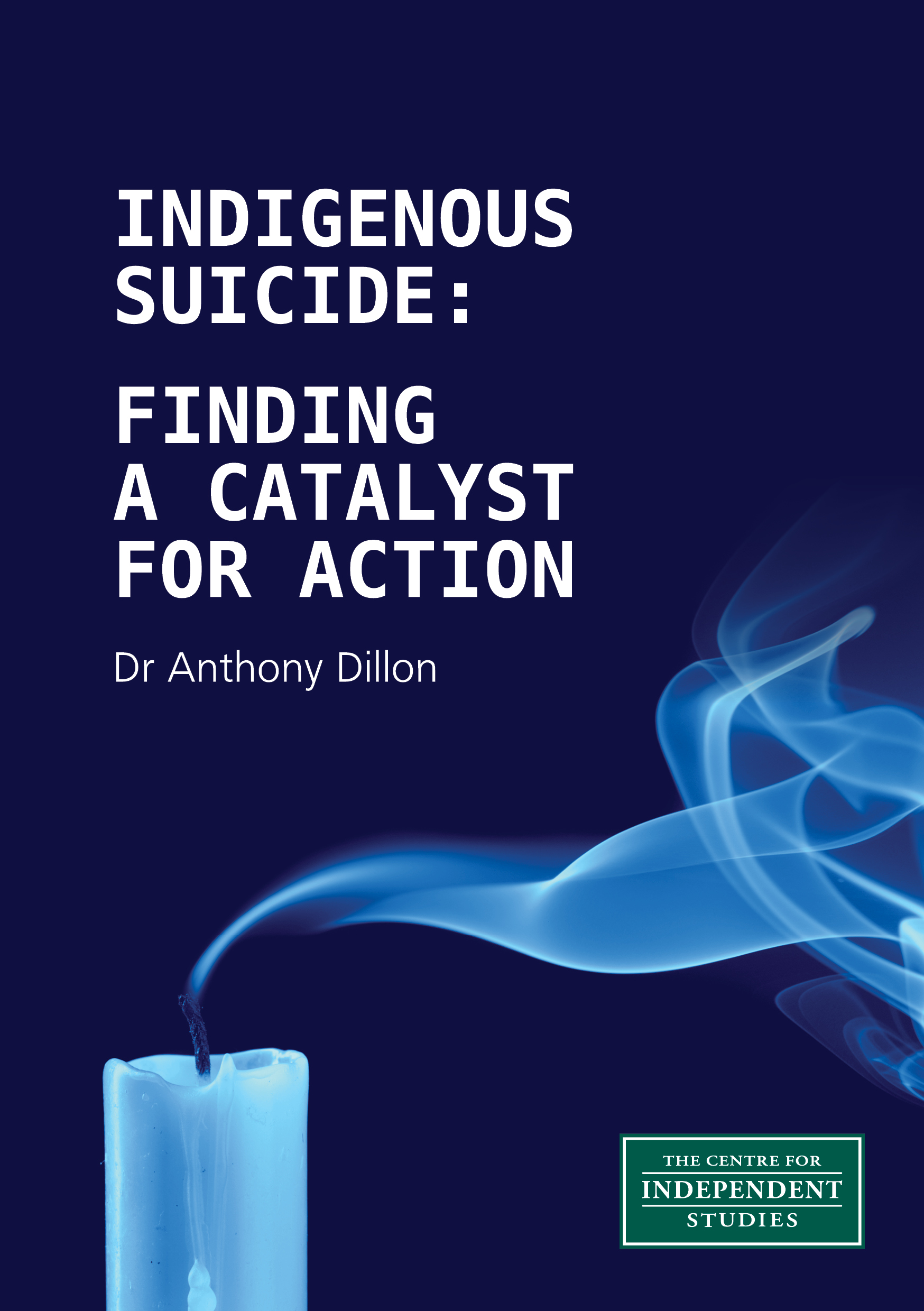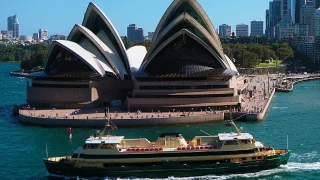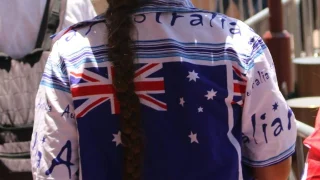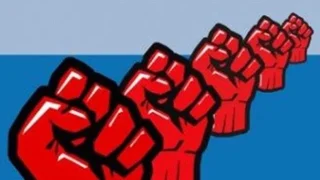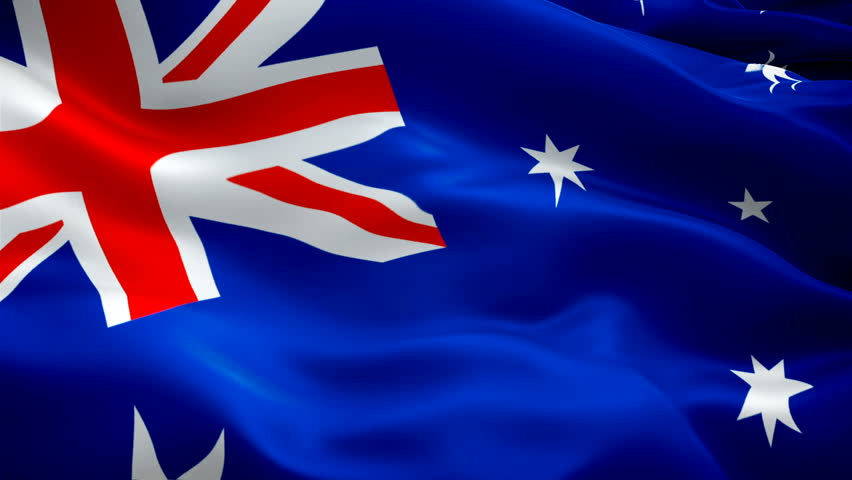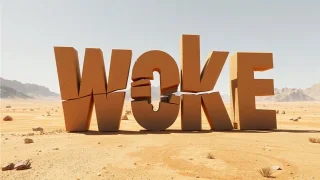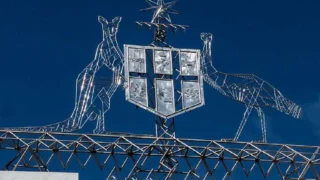
This paper aims to provide a catalyst for the actions needed to address the crisis of Indigenous suicide. It begins by examining a major barrier to addressing Indigenous suicide—the politicisation not only of Indigenous suicide, but all Indigenous issues—before discussing some of the likely causes and factors that make Indigenous suicide qualitatively different from non-Indigenous suicides. It then summarises possible solutions based on this discussion.
Recent data from the Australian Bureau of Statistics found there were 27.1 Indigenous suicide deaths per 100,000 persons in 2019, compared with 12.9 non-Indigenous suicides per 100,000 people in the same time period. A reduction in the suicide rate among Indigenous Australians was included as a specific target area when the Closing the Gap initiative was updated in July 2020.
The most recent Productivity Commission report on mental health stated that “suicide is the fifth leading cause of death for Aboriginal and Torres Strait Islander people, compared with the twelfth for non-Indigenous people”.
A 2019 systemic review argued that the term “crisis” is appropriate, given that young Indigenous Australians not only die by suicide at significantly higher rates than their non-Indigenous peers, but also do so at an increasingly younger age, particularly in remote areas.
Indigenous suicide: overview
“The high rate of suicide among Indigenous Australians has rightly been described as a crisis. Despite much well-intentioned effort from government and vast public goodwill, too many Indigenous lives continue to be lost. Clearly, a fresh approach is required to arrest this crisis,” the paper’s author Dr Anthony Dillon says.
He says this approach should:
- Start with the premise that the causes and solutions for Indigenous suicide are fundamentally the same as non-Indigenous suicide.
- Recognise there are a set of factors that make death by suicide more likely for Indigenous Australians.
- Place greater emphasis on early intervention (upstream approach) rather than suicide-specific programs (downstream approach).
- Focus on rural and remote areas where risk of suicide is greatest.
- Not assume that only Indigenous people are best placed to address the problem, but recognise that non-Indigenous people can be just as helpful in solving this crisis.
When acted on, the aforementioned points will enable the specific recommendations discussed in this paper to be better focussed so they make a real difference on the ground. These recommendations should enable Indigenous people to:
- Live in safe and clean environments.
- Have access to modern services.
- Possess the necessary skills to function in the twenty-first century.
- Develop a robust sense of self-worth.
- Engage in activities that individuals personally find meaningful.
- Practise personal responsibility.
Dr Dillon acknowledged there has already been effort to stem suicides, but not the right kind of effort. “Yes, there has been action, but it’s the wrong sort of action,” he says. “It may have helped gatekeepers, politicians, and academics, but it hasn’t helped Indigenous people.
“This action is both a result and cause of the politicisation of Indigenous issues — using the problems Indigenous people face today as an excuse to make accusations of systemic racism, claim Australia is an uncaring society, and portray Indigenous people as vastly different from other Australians and requiring a separate set of rules to live by. It has become too convenient to blame government.”
Also read: Back to Basics: A new model for business creation in remote Indigenous communities
SELECTED REFERENCES
ABS (2020), Causes of Death: Australia 2019, Cat No 3303.3, 23 October, https://www.abs.gov.au/statistics/health/causes-death/causes-deathaustralia/latest-release
See Australian Government, Productivity Commission (2020), Mental Health Productivity Commission Inquiry Report, Volume 1, 30 June, No 95, Figure 9.5, p. 414, https://www.pc.gov.au/inquiries/completed/mental-health/report/mental-health.pdf
Dickson, J., Cruise, K., McCall, C., & Taylor, P. (2019). A Systematic Review of the Antecedents and Prevalence of Suicide, Self-Harm and Suicide Ideation in Australian Aboriginal and Torres Strait Islander Youth. International Journal of Environmental Research and Public Health, 16(17). doi:10.3390/ijerph16173154, (p. 21).
Nicholas Rothwell (2013), Place, not race, is key to gap, The Australian, 23 March, https://www.theaustralian.com.au/opinion/place-not-race-is-keyto-the-gap/news-story/278f1779950260f9a1fe9dc960db8268
Gerry Georgatos (2016), The Suicide Prevention Space is Immature and Inauthentic, 16 September, https://neoskosmos.com/en/38066/the-suicideprevention-space-is-immature-and-inauthentic/
Shneidman, E. S. (1996). The suicidal mind. New York: Oxford University Press (p. 131).
https://www.cdc.gov/ViolencePrevention/pdf/Suicide_Strategic_Direction_Full_Version-a.pdf
Anthony Dillon, ‘Valuing Work: Beyond the Economic Benefits of Employment’, Policy 32:1 (Autumn 2016), pp. 15-18, https://www.cis.org.au/app/uploads/2016/04/policy-autumn-2016.pdf
